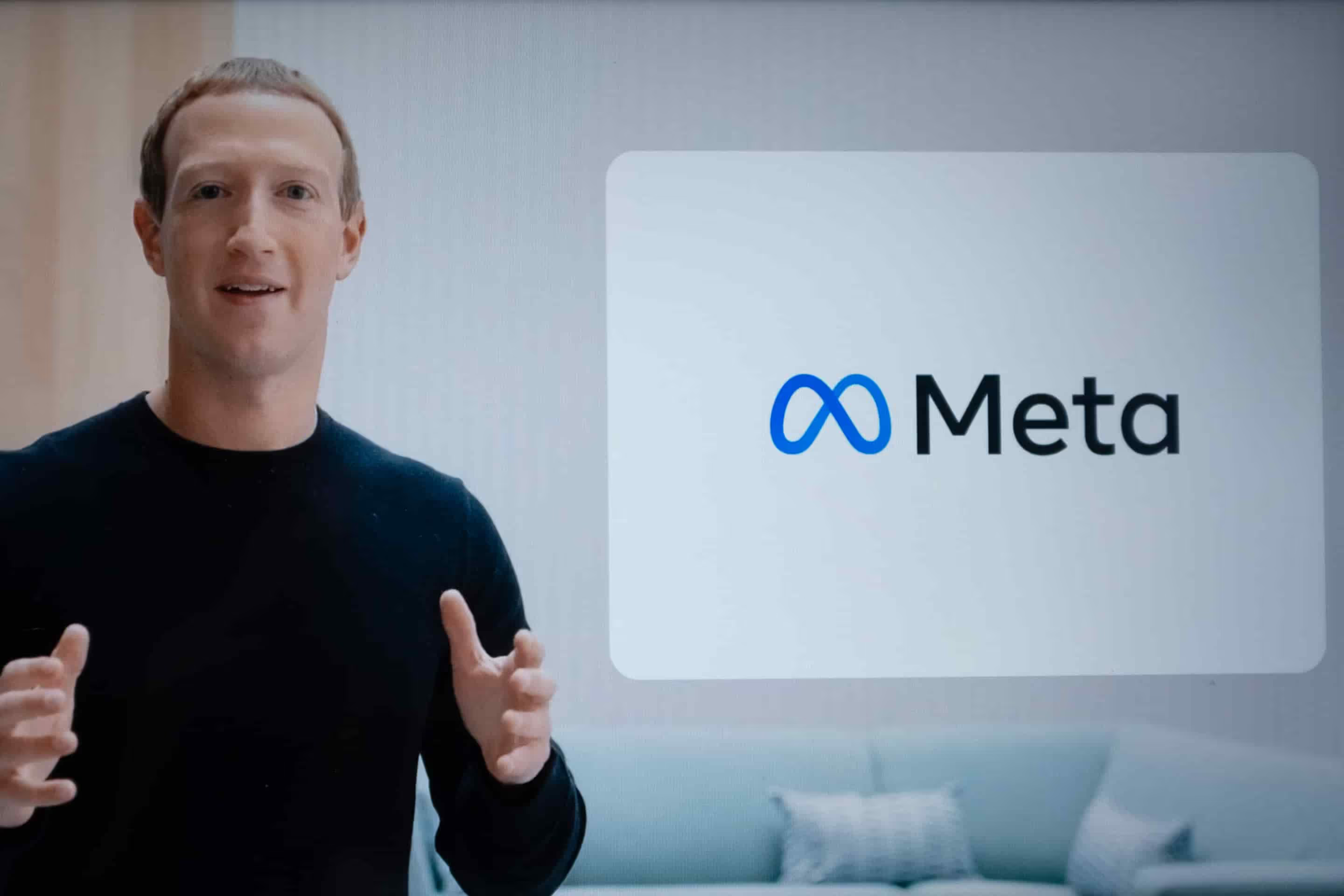Table of Contents
Animation is a powerful tool that brings stories and ideas to life. With so many styles to choose from, each type of animation has its unique charm and purpose. In this article, we will explore 10 Types of Animation Styles, showcasing inspiring examples that highlight the creativity and versatility of each technique. Whether you're interested in traditional hand-drawn animation or modern 3D effects, there's something for everyone in the world of animation. Let’s dive in and discover how these different styles can enhance storytelling!
1. Frame-by-frame/Traditional Animation
Also known as flipbook or stop-motion animation, this classic technique brings a flipbook-style animation to life. Each frame is drawn individually, with slight changes between frames to create a sense of motion. This method was used to create early animated classics like Steamboat Willie (1928).
While this approach gives animators full control over character movement and interaction, it’s extremely time-consuming and labor-intensive. With most animations running at a minimum of 12 frames per second, creating each frame by hand can take a lot of effort, which is why this method is less common today.
However, when combined with modern design tools and skilled artists, frame-by-frame animation can deliver stunning results. While the difference is noticeable to the trained eye, it's important to weigh whether the added cost is worth the visual impact.
2. 3D Animation
3D animation involves bringing digital objects to life by creating the illusion that they move in three-dimensional space. Although these animations are viewed on a flat, 2D screen, they mimic the depth, perspective, and movement found in the real world.
This technique is now used in a wide range of applications, from movies and video games to commercials and product demonstrations. The lifelike quality of 3D animation makes it highly popular in visual storytelling, adding depth and realism to the characters and environments it portrays. Whether in film or advertising, 3D animation has become a staple in creating immersive and engaging experiences.
3. 2D Animation
Two-dimensional (2D) animation is the process of creating movement by sequencing static images in two dimensions. By quickly displaying these images one after another, it creates the illusion of motion, similar to how a film works. This technique is commonly used across a variety of media, including movies, advertisements, promotional content, and more.
While it may not have the depth of 3D animation, 2D animation is highly versatile and popular due to its simplicity and effectiveness in conveying stories and messages. It’s a widely used approach for everything from cartoons to explainer videos and marketing campaigns, offering a classic yet engaging visual experience.
4. Stop Motion Animation
Stop motion is an animation technique where physical objects are moved slightly between each frame and photographed individually. When played in rapid sequence, these images create the illusion of movement. This method has been around since the late 1800s, but gained widespread popularity in the mid-1900s with animated classics like "Rudolph the Red-Nosed Reindeer" and "Gumby."
Also read: How Much Does a Promotional Video Cost? (Updated 2024)
5. Whiteboard Animation
Whiteboard animation is a unique style where an artist draws scenes on a whiteboard while the process is recorded, creating a visual story as the drawings come to life. This technique engages viewers by letting them see the images develop in real time, making the experience more immersive. It's often accompanied by narration, which helps explain the story or concept being illustrated. Whiteboard animations are popular in explainer videos because they make complex ideas easier to understand, presenting information in a clear and effective way that keeps the audience interested.
6. Animation Mixed with Live Action
Why settle for just animation or live-action when you can blend both for a dynamic effect? Combining live-action footage with animation lets marketers showcase real-life scenarios while enhancing them with creative animated elements. This mix brings an engaging and visually striking style, allowing brands to tell compelling stories in unique ways. Many major companies have successfully used this approach to stand out and capture their audience's attention.
7. Rotoscope Animation
Rotoscope animation is a technique where animators trace over live-action footage frame by frame, blending realism with the charm of hand-drawn animation. This method creates highly detailed and lifelike movements, allowing for realistic and expressive characters. While it offers stunning visuals, the process can be time-consuming and costly due to the need to draw each frame individually. Despite these challenges, rotoscope animation remains popular for its ability to combine the natural flow of film with the artistic style of traditional animation, producing visually impressive results.
8. Typography Animation
Typography Animation, also known as Kinetic Typography, is a style of animation that focuses on moving text in creative ways. The text can expand, shrink, rotate, or apply other visual effects to match the tone or mood of a scene. This type of animation is commonly seen in movies, commercials, and other video content, often used in title sequences, intro clips, or credits. By bringing text to life, Typography Animation can make otherwise static information more engaging and visually dynamic, helping to capture and maintain the viewer's attention.
Also read: 20+ Best Motion Graphics Examples of All Time
9. Motion Graphics
Motion graphics is a form of animated graphic design that often includes a lot of text and basic graphics. Unlike traditional animated videos that focus on characters and detailed scenes, motion graphics bring stories to life that wouldn’t usually be shown visually. They use shapes, graphics, and text to illustrate the narrative. As you view these examples from three well-known brands, notice how a straightforward approach to graphics enhances the verbal storytelling.
10. Clay Animation (Claymation)
Clay animation, also known as Claymation, is a form of stop-motion animation that has been popular for many years and still has a unique charm. It features a distinct look that sets it apart from other animation styles. Many people recognize it from the beloved Aardman characters, Wallace and Gromit.
One advantage of clay animation is that it can be relatively easy to create if you have the right skills. The stop-motion technique often leads to a beautiful final product with a nice, tactile feel. However, the process is very time-consuming and requires a lot of patience. Achieving smooth movements can be challenging, resulting in a choppy look that can lessen the overall effect.
Wrapping Up
In exploring the 10 Types of Animation Styles, it’s clear that each style offers its unique way to tell a story and engage viewers. From the charm of clay animation to the dynamic energy of motion graphics, these techniques can bring ideas to life in exciting ways. Each style not only enhances creativity but also provides various options to connect with different audiences.
If you’re looking to create stunning 2D or 3D animations, consider partnering with us at Get Camera Crew. With our expertise and dedication to quality, we can help you bring your vision to reality through captivating animations that stand out. Let's work together to create something inspiring!






